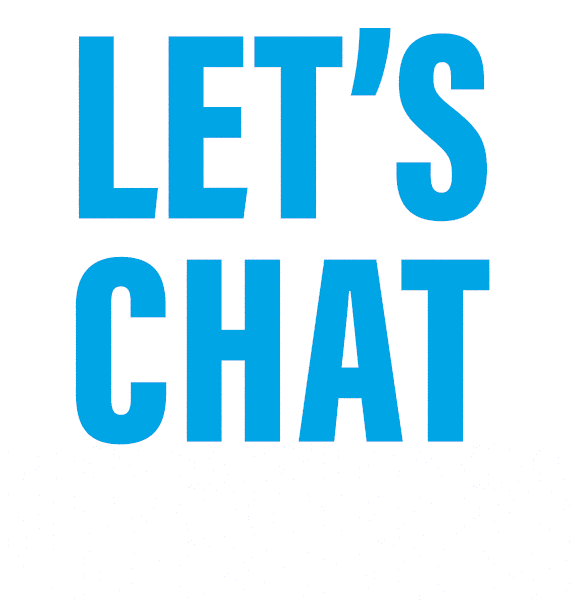One of the big takeaways from AdWeek 2025 was that there’s never been more pressure for brands to move fast — to have a take, to do a trend, to squeeze into a moment before it passes. But speed alone doesn’t make you relevant. Context and empathy do.
As Amit Jain of Luma AI put it, “It’s not about being quick; it’s about being a part of it.”
On a surface level, it can feel as though the ask is for brands to become ubiquitous to culture, but there needs to be purpose behind these moments. Creativity at the speed of culture isn’t about following every trend and trying it on for size. It’s about listening strategically, responding thoughtfully and using language that feels like it resonates with both the brand and the audience.
The Era of Strategic Agility
The traditional production cycle, two months from idea to ad, can’t be the only way we plan for a brand. Audiences move too fast, and algorithms change overnight.
AI has made creative iteration immediate. We can now make, test and refine content faster than ever before. But agility without empathy can sound hollow.
Language is the most immediate signal of humanity a brand has. Speed should never flatten your voice or strip it of emotion.
Some of the most resonant examples from AdWeek proved that cultural relevance is about rhythm, not reaction. Panera Bread tapped into the insight that people rewatch Gilmore Girls every fall, creating a playful campaign that joined the cultural conversation. The brand brought two of Rory’s love interests into the mix, each advocating for their favorite soup, complete with a subtle Easter egg nodding to Jess. It wasn’t about nostalgia for nostalgia’s sake, but about meeting audiences in a moment that already held emotional meaning.
If Logan and Dean weren’t in your feed, maybe Conrad and Jeremiah were. Sour Patch Kids leaned into the emotional pull of The Summer I Turned Pretty, extending the show’s fandom energy through playful social storytelling. The brand didn’t just borrow the trend (they were referenced in the original book); it became part of the cultural conversation.
Create Conversations, Not Just Ads.
U.S. Soccer collaborated with Zigazoo’s call-and-response format. It turned their brand into connection, meeting kids on platforms where they engage most and making participation part of the experience.
Each of these brands moved quickly, yes, but with intention. Their tone, timing and empathy made the work feel real, not rushed.
Story First, Always
PJ Pereira said, “Star Trek looked terrible, but we still watched it, because the story gripped us.” That’s the challenge for today’s creative teams: to dig into the world around us and know when a brand’s voice can be part of the story rather than an interruption.
Molson Coors’ “See My Name” campaign is a perfect example. By highlighting female hockey players’ names in the PWHL, the brand didn’t tell a new story, it added to one at a crucial moment. It celebrated representation in a space where it already had credibility. It was cultural relevance built on empathy and truth, not opportunism.
Connection is what keeps us relevant. When brands tell stories that mean something, the audience leans in —not because of production quality or trend velocity, but because it feels emotionally true.
From Efficiency to Trust
Speed is seductive, but it’s not the end goal. Trust is.
Audiences crave sincerity. They know when something sounds forced, automated or insincere. Brands that move fast and communicate with care will stand out.
The most effective marketers at AdWeek focused on using AI to move faster while listening better.
Empathy in language is the bridge between efficiency and authenticity.
What This Means for Marketers
To create at the speed of culture, you need three things:
- A clear, shared strategy – So speed doesn’t dilute your purpose.
- A bias for experimentation – Test fast, learn faster.
- Empathy in your words – Join the conversation don’t kill it with jargon.
Build conversations that move with culture instead of chasing it, listening first, speaking thoughtfully and telling stories that feel like they were written for someone, not everyone.
The fastest brands may cross the finish line first, but it's the brands with trust who will win.










